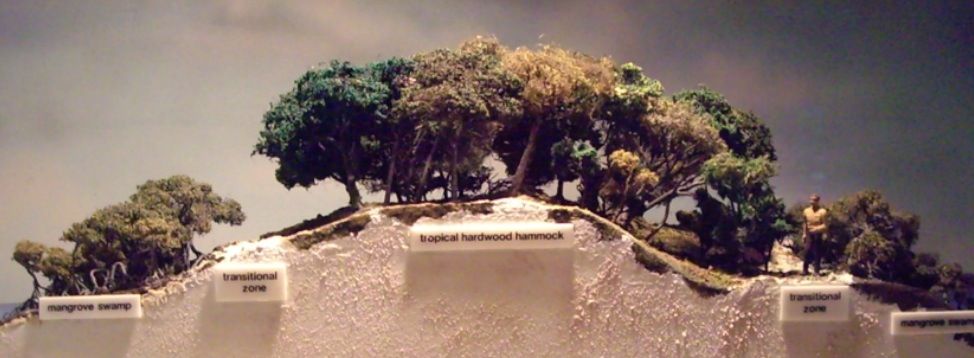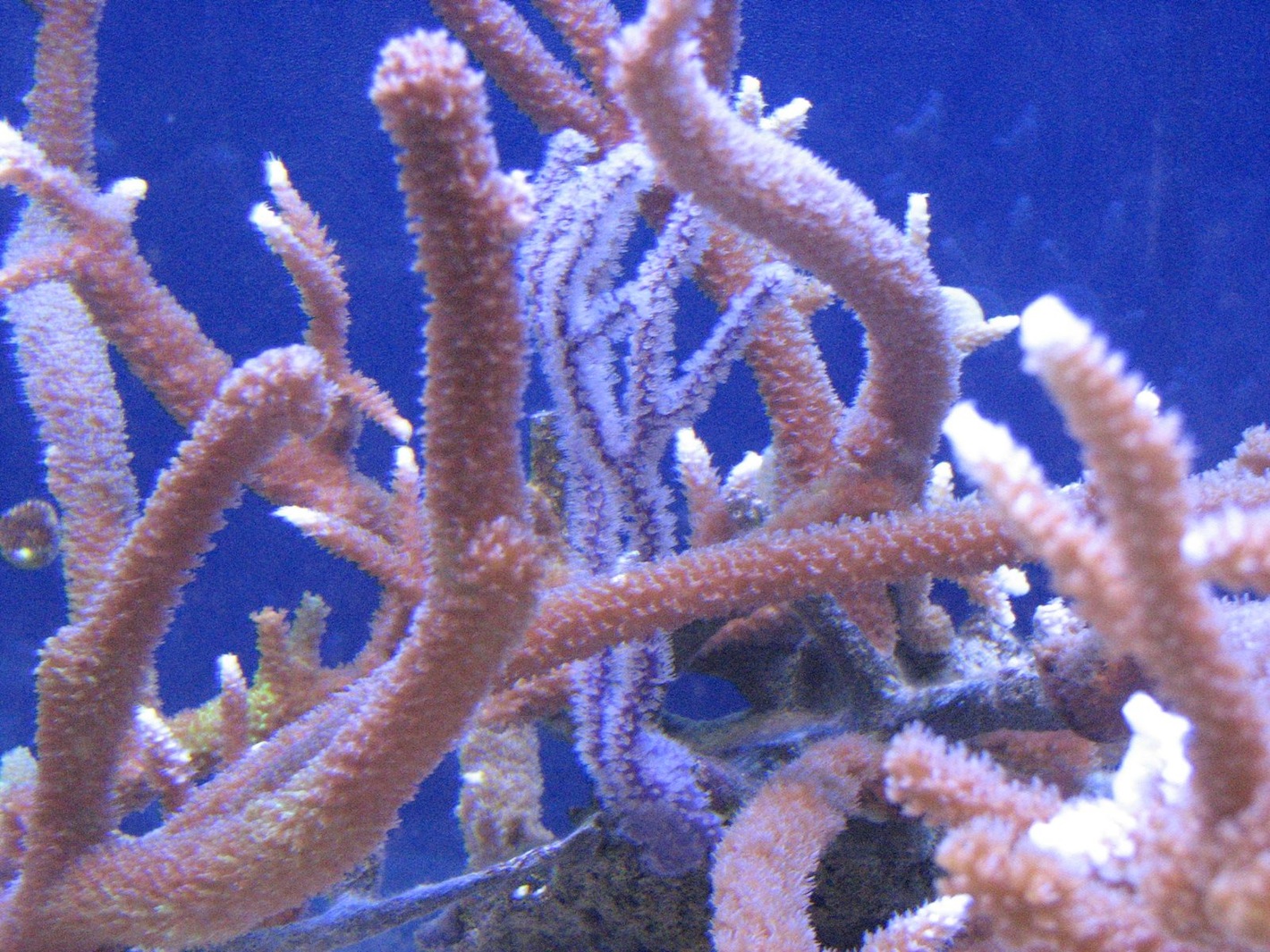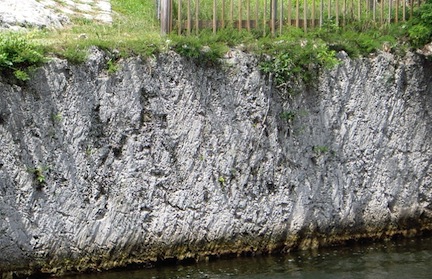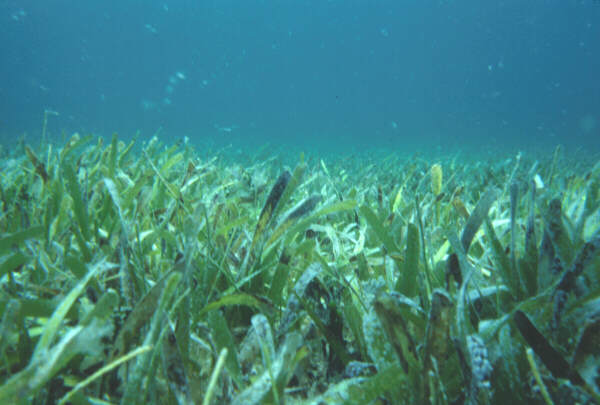Florida Keys National Marine Sanctuary and the Florida bay estuary
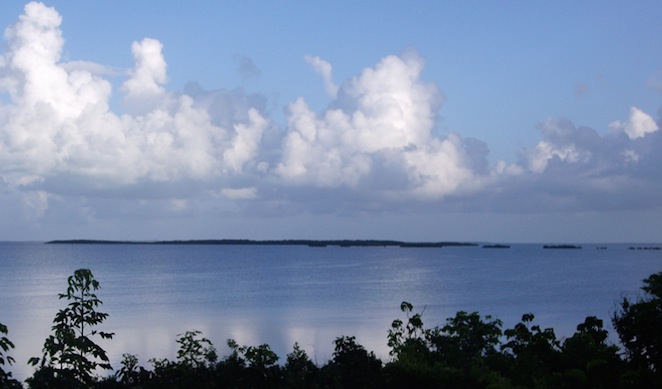

The Florida Keys marine ecosystem supports one of the most diverse assemblages of underwater plants and animals in North America. Although the Keys are best known for coral reefs, there are many other significant interconnecting and interdependent habitats. These include fringing mangroves, seagrass meadows, hard-bottom regions, patch reefs, and bank reefs. This complex marine ecosystem is the foundation for the economies based on commercial fishing and tourism of such importance to Florida.

Habitats and Key Species
ееееееееееееееееееееееееееееееееееееееееееееееееееееееееееееееееееееееееееееееееееее
Habitats
•Coral reefs
•Patch & bank reefs
•Mangrove-fringed shorelines & islands
•Sand flats
•Seagrass meadows
├ Manatee grass (Syringodium filiforme),
├ Widgeon grass, (rupia maritima),
├ Shoal grass, (Halodule wrightii),
├ Turtle grass, (Thalassia testudinum).
Key Species
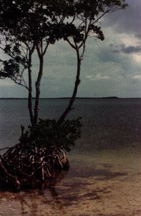
• Brain & star coral
• Sea fan
• Loggerhead sponge
• Fiddle Crabs
• Angelfish
• Spiny lobster
• Stone crab
• Grouper
• Tarpon
• Bonefish
• Snook

Specifications: Coral reefs are among the most diverse & enigmatic ecological communities.

Location
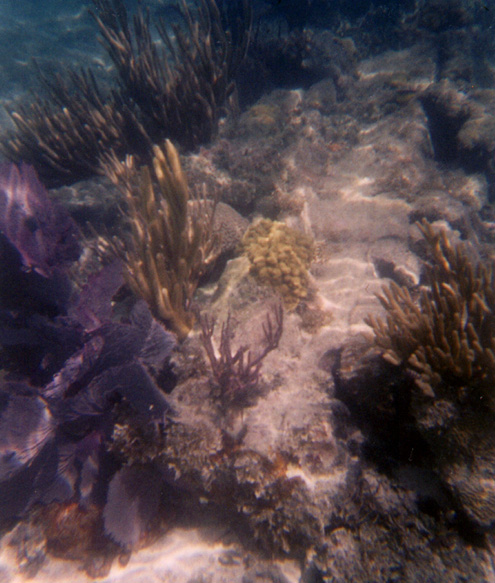
• The water surrounding the archipelago formed by the Florida Keys Protected Area
• 3,674-square miles
Designation
• November 1990
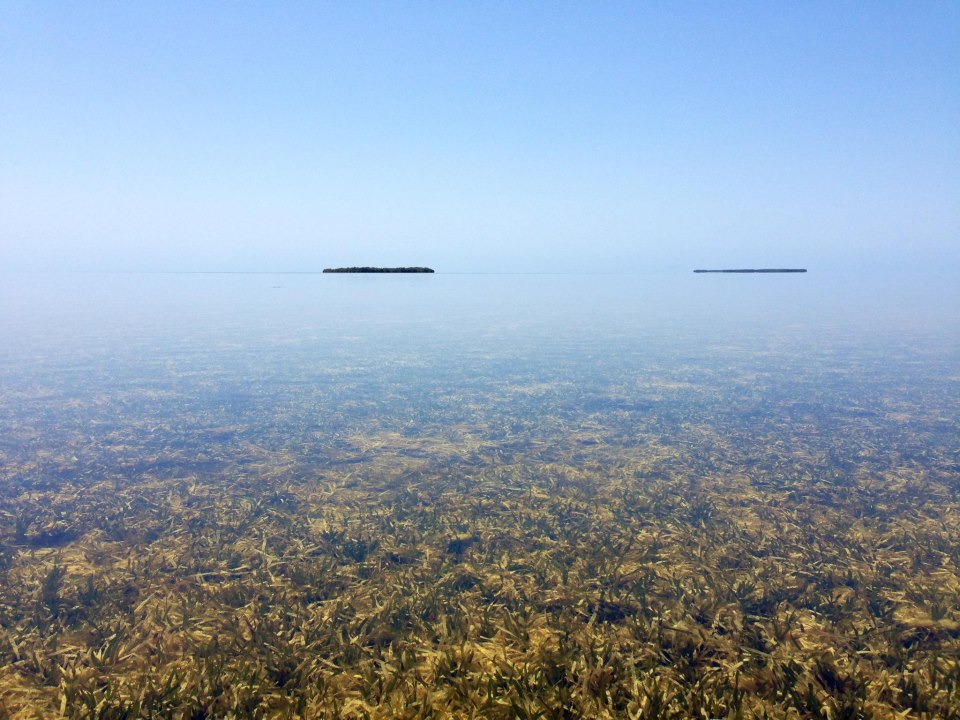
The gardens of the seashore are the submerged sea grass beds where juvenile fish mature.
----------------------------
Education Activities
--------------------------------------------
• Training workshops and school programs
• On-site interpretive tours
• Coral Reef Classroom combines classroom and field activities for eighth
graders
• Community education through television, radio, and print media
• Volunteer programs such as Team OCEAN
------------------------------------------------------------------------
Research Activities
• Sanctuary monitoring of ecosystem health conducted with Environmental Protection Agency and state of Florida
• Sanctuary-wide, multidisciplinary cruise to assess the current status of critical habitat
• Maintain a geographic information system on the marine environment
• On-site assistance for regional research projects
------------------------------------------------------------------------

------------------------------------------------------------------------
Contact
--------------------------------------------
Address
P.O. Box 500368
Marathon, FL 33050
(305) 743-2437
(305) 743-2357 (fax)
E-mail: fknms@ocean.nos.noaa.gov
Florida Keys NMS (FKNMS)
• Many research efforts are currently being conducted in the Florida Keys, of which three can be considered monitoring efforts. Much of the research is funded by the National Undersea Research Center at the University of North Carolina at Wilmington (NURC/UNCW) through that center's facility in Key Largo. Day boat programs and Aquarius habitat missions are conducted regularly.
• Water Quality - Scientists from the Florida Institute of Oceanography (FIO), NURC/UNCW, the University of Miami, and Harbor Branch Oceanographic Institution measure inorganic nutrients, total nitrogen, total phosphorus, chlorophyll, salinity, temperature, and light attenuation on nearshore-to-offshore transects in the upper, middle, and lower Keys. The program started in 1992 and is funded by FIO's SEAKEYS
(Sustained Ecological Research Related to Management of the Florida Keys Seascape) program and NURC/UNCW.
• Long-Term Monitoring - In the last two years, scientists from the Smithsonian Institution, University of Georgia, NMFS, the University of Maryland, and NURC/UNCW established several long-term ecological study sites throughout the Keys to monitor changes in benthic and fish communities.
Plans are to establish another site at the Aquarius habitat. Also the SEAKEYS program uses seven instrumented, satellite-linked monitoring stations that span the 220 mile long reef tract to monitor oceanographic and meteorologic conditions. They have helped to document Hurricane Andrew, "The Storm of the Century", and reduced salinities caused by Mississippi River flooding.


